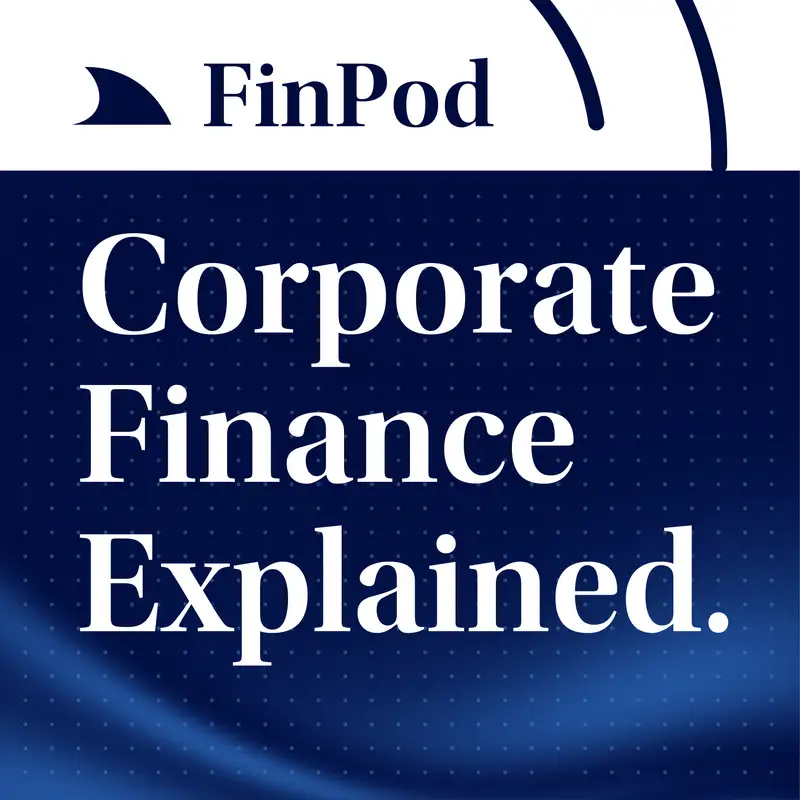Corporate Finance Explained | The Finance Behind Mega Acquisitions
FinPod: The Billion Dollar Question: How Corporations Pay for Massive Acquisitions (M&A Financing)
When a Fortune 100 company buys another for tens of billions, how does the finance team actually structure the payment? It's the central strategic decision that determines a company's risk, flexibility, and future.
In this episode of Corporate Finance Explained on FinPod, we break down the complex toolkit used for mega M&A Financing, providing a shortcut to understanding the mechanics behind the biggest headlines.
This episode covers:
When a Fortune 100 company buys another for tens of billions, how does the finance team actually structure the payment? It's the central strategic decision that determines a company's risk, flexibility, and future.
In this episode of Corporate Finance Explained on FinPod, we break down the complex toolkit used for mega M&A Financing, providing a shortcut to understanding the mechanics behind the biggest headlines.
This episode covers:
- The Basic Building Blocks: The core trade-offs of the three main payment methods: Cash (certainty vs. drained reserves), Stock (saves cash vs. dilution), and Debt (amplifies returns vs. increased leverage).
- The Advanced Toolkit: Specialized financing methods, including Leveraged Buyouts (LBOs), Bridge Financing for speed, and Syndicated Loans for distributing massive risk across multiple banks (as seen in the Microsoft/Activision deal).
- Strategy in Action: We analyze the tailored financing mix of major deals: Microsoft's cash and debt strategy to avoid dilution, Disney's stock/cash balance to protect its credit rating, and Amazon's all-cash approach for speed with Whole Foods.
- The Critical Checkpoints: The toughest challenge, modeling reality. We discuss how analysts value deals using DCF, stress-test synergies, and what happens when optimism fails (Kraft Heinz).
- The Resilience Framework: Five key strategic questions every CFO must ask to engineer a capital structure that is robust, aligning the financing's term and structure with the assets being acquired.

